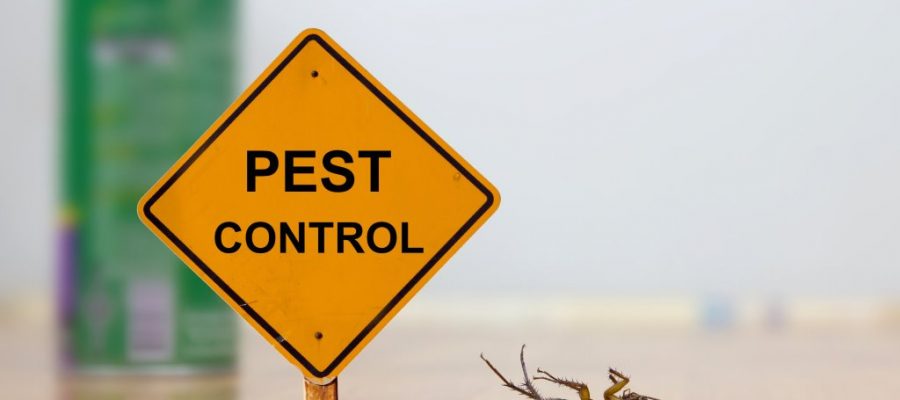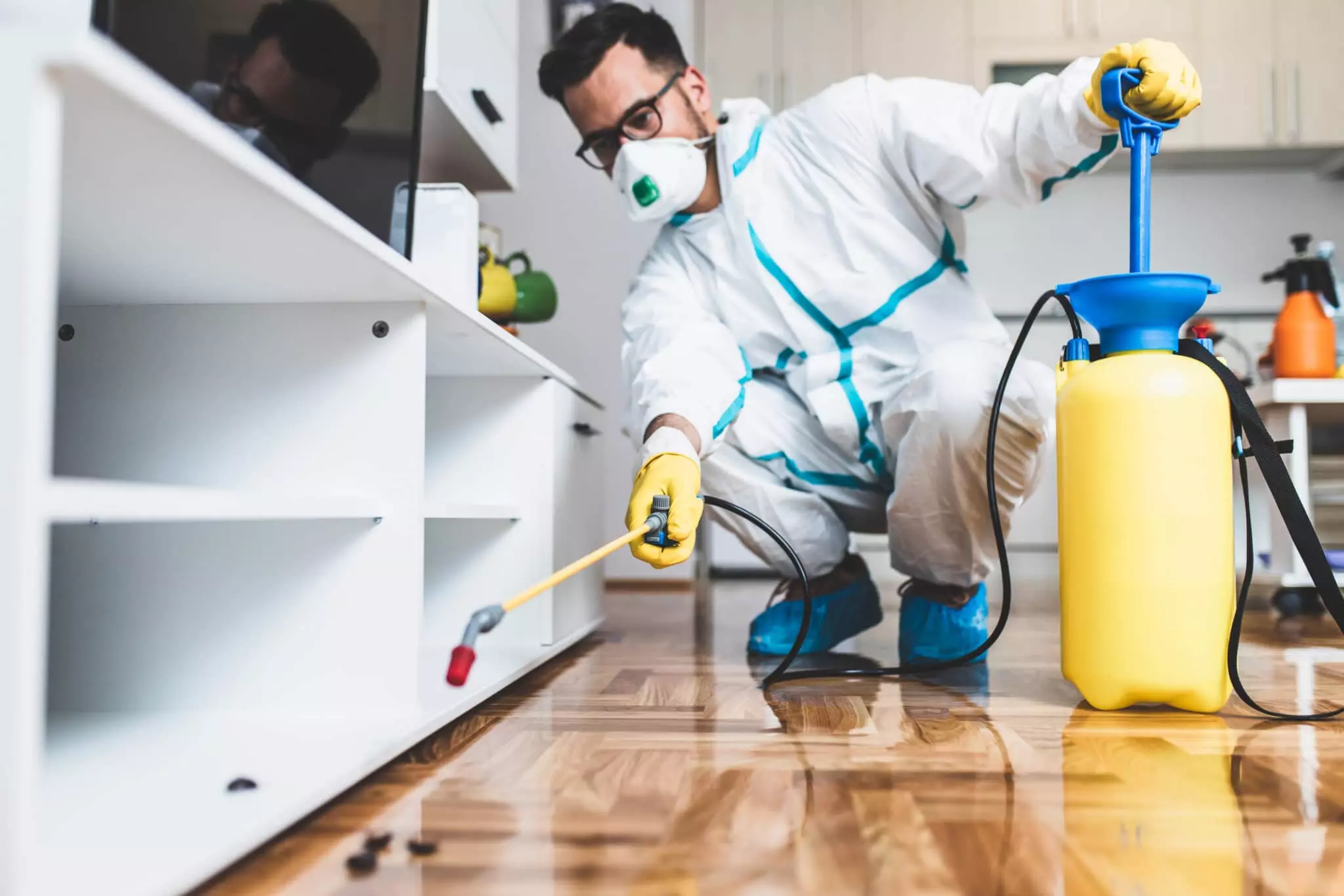Reliable Pest Control for a healthier living space.
Reliable Pest Control for a healthier living space.
Blog Article
Eco-Friendly Bug Control Approaches for Taking Care Of Wildlife in Urban Locations
Urban locations typically locate themselves at the crossway of human activity and wild animals, leading to distinct challenges in pest monitoring. These techniques not only safeguard the environment yet additionally boost area involvement in wild animals monitoring. As city populaces continue to grow, comprehending the characteristics of wildlife interactions comes to be progressively critical.
Recognizing Urban Wildlife Characteristics
Recognizing Urban Wildlife Dynamics is vital for creating reliable and eco-friendly parasite control approaches. Urban locations are progressively coming to be habitats for various wildlife varieties, driven by aspects such as habitat fragmentation, food availability, and human advancement. Identifying these characteristics allows for a nuanced approach to pest administration that straightens with environmental principles.
Urban wildlife often includes varieties such as raccoons, squirrels, and birds, which adjust to city environments, discovering niches in environment-friendly areas, parks, and also property locations. Their existence can bring about conflicts with human beings, particularly when they make use of human resources for food and shelter. Understanding the habits and ecological duties of these species educates methods that lessen unfavorable interactions while advertising biodiversity.
In addition, recognizing the interdependencies within metropolitan environments helps in determining important areas for habitat conservation and remediation. This knowledge adds to the advancement of integrated parasite monitoring (IPM) techniques that take into consideration the eco-friendly equilibrium, therefore decreasing dependence on harmful chemicals. By promoting conjunction between people and city wildlife, cities can create much healthier environments that profit both homeowners and regional environments, paving the means for lasting city living.
All-natural Repellents and Deterrents
All-natural repellents and deterrents use a lasting alternative to conventional pest control approaches by taking advantage of the power of nature to maintain undesirable species at bay. These environment-friendly services commonly make use of plant-based active ingredients, vital oils, and other naturally taking place substances that prevent insects without damaging the atmosphere.
One effective natural repellent is peppermint oil, which is recognized to repel rats and pests. Its strong aroma is unpleasant to lots of parasites, making it a prominent selection for metropolitan settings. In a similar way, vinegar and citrus peels can work as deterrents, as their strong smells are typically uninviting to different wildlife.
Furthermore, diatomaceous earth is an all-natural powder that can be spread in areas susceptible to bug task, properly dehydrating and hindering bugs without positioning threats to non-target types. Additionally, garlic sprays and neem oil are recognized for their capacity to repel a large range of pests, including both bugs and larger wildlife.
Implementing these natural repellents not only lowers dependence on chemical pesticides however likewise advertises a much healthier metropolitan community, cultivating a more well balanced coexistence in between people and wildlife. By using these methods, metropolitan areas can successfully take care of insect populaces while minimizing environmental effect.
Environment Modification Strategies
Effective environment adjustment strategies play a critical function in lasting bug management by changing the atmosphere to make it less for pest invasions. By understanding the ecological characteristics of urban areas, residential property owners can carry out tactical alterations that prevent parasites while promoting biodiversity.
(Rodent control Port Charlotte)One main method includes keeping correct hygiene. This includes regular waste elimination, securing trash containers, and getting rid of standing water to lower reproducing sites for insects and rodents. In addition, landscape design techniques such as picking native plants can improve environmental equilibrium, providing environments for beneficial organisms while lessening sources for pests.
Another important method is to seal entry factors in structures. Checking and repairing cracks in foundations, walls, and windows can substantially lower insect gain access to. Furthermore, creating physical obstacles, such as fences or plant buffers, can inhibit wildlife motion into human-inhabited locations.
Integrated Bug Monitoring Practices
Building upon habitat modification strategies, incorporated bug administration (IPM) methods provide an alternative method to managing insect populations while minimizing environmental influence. IPM incorporates numerous approaches, consisting of organic, cultural, mechanical, and chemical controls, to accomplish reliable bug management.
Organic control includes the intro of natural killers or parasites to reduce bug populations. Cultural techniques, such as plant rotation and sanitation, interfere have a peek at these guys with pest life cycles and decrease their environments - Pest Control. Mechanical controls, like traps and obstacles, supply immediate relief from pest pressures without chemical treatment
Chemical controls are made use of as a last hotel, concentrating on targeted applications that restrict harm to non-target varieties and the setting. The selection of eco-friendly pesticides, when needed, is indispensable to the IPM structure. Furthermore, monitoring bug populaces and examining potential damages aids educate decision-making, making certain that interventions are timely and efficient.
Area Involvement and Education And Learning

(Spider exterminator Port Charlotte)Workshops and informative sessions can furnish residents with knowledge about native varieties, environment conservation, and reliable safe insect administration techniques. Cooperation with institutions, neighborhood organizations, and government companies further boosts educational outreach, making sure that vital information gets to varied target markets.
Moreover, community-led efforts, such as area clean-up days and environment reconstruction projects, not just advertise biodiversity however also enhance community ties. Pest control service. By encouraging locals to share their experiences and monitorings, communities can establish targeted strategies that resolve certain neighborhood insect issues
Incorporating comments from homeowners into pest monitoring plans makes it possible for an extra responsive and flexible technique to wildlife challenges. Eventually, informed and engaged communities are essential to accomplishing long-term success in environmentally friendly insect control, leading to healthier city settings that value both human and eco-friendly demands.

Verdict
In final thought, eco-friendly pest control comes close to offer lasting options for managing metropolitan wild animals. By focusing on environment adjustment, making use of natural repellents, and applying integrated parasite management techniques, areas can cultivate a harmonious conjunction with local fauna.
Report this page